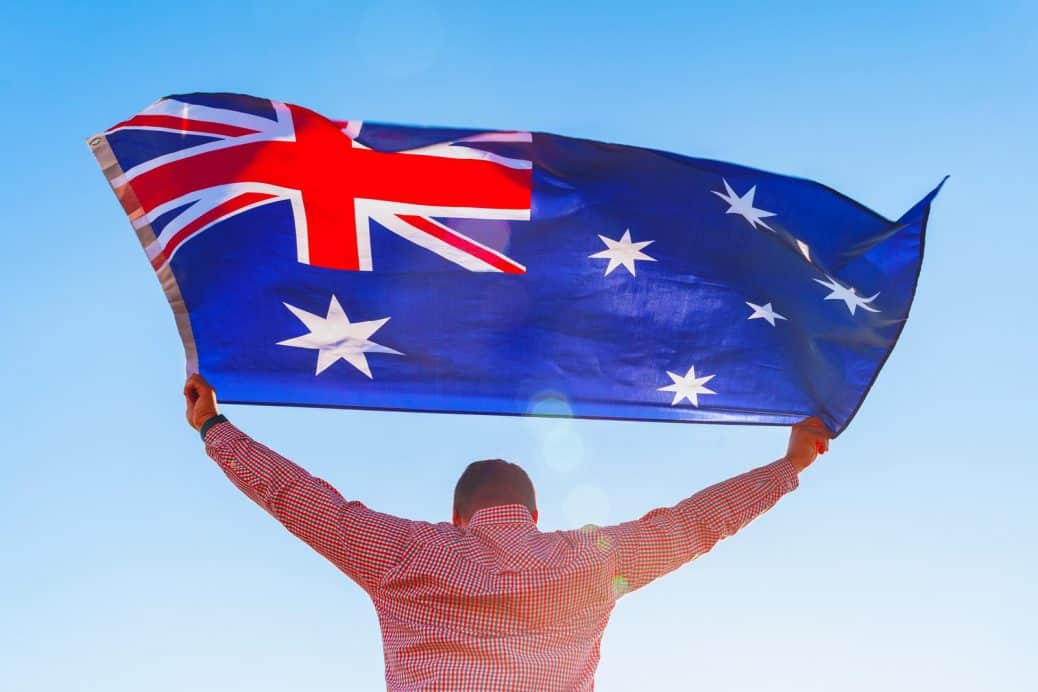Australia is a land of breathtaking landscapes, diverse cultures, and endless opportunities. It’s no wonder why millions of people dream of emigrating to this beautiful country every year. But what if you want to bring your loved ones with you? Whether it be family members who are dependent on you or friends whom you consider as family, the process of emigration becomes more complicated when there are other individuals involved. Fear not, because in this ultimate guide, we will walk you through everything you need to know about successfully emigrating your loved ones to Australia.
1. Research and Understand the Visa Options for Family Sponsorship
Australia offers several visa options for family sponsorship, each designed to meet different relationship types and circumstances. You can get some great information here about the different options and requirements to sponsor your loved ones for migration. Some of the most common family visas include:
- Partner Visas (Subclasses 820 and 801): for spouses or de facto partners of Australian citizens, permanent residents, or eligible New Zealand citizens.
- Parent Visas (Subclasses 103 and 173/143): allowing parents of settled Australian citizens or permanent residents to live in Australia permanently.
- Child Visas (Subclass 101 and 802): for dependent children, orphan relatives, or adopted children of an Australian citizen or permanent resident.
- Prospective Marriage Visa (Subclass 300): for those planning to marry an Australian citizen or permanent resident.
- Carer Visa (Subclass 116 and 836): for individuals who need to care for an Australian relative or a member of their family unit with a long-term or permanent medical condition.
2. Meet the Eligibility Requirements
Meeting the eligibility requirements is a critical step in the process of sponsoring your loved ones for Australian visas. These criteria vary significantly depending on the visa type but generally include factors like:
- Your relationship with the sponsored individual
- Age requirements for the sponsor and the sponsored person
- Financial capacity to support your loved ones in Australia
- English language proficiency (if applicable)
Before you can sponsor your loved ones, you must also be an Australian citizen, permanent resident, or eligible New Zealand citizen. It’s important to thoroughly research the eligibility requirements for the specific visa you are interested in before moving forward with the application process. You may also want to start researching other considerations, including finding an Australian bank account to open for your loved one.
3. Gather all Necessary Documents
To support your visa application, you and your loved ones will need to provide a variety of documents, such as:
- Passports or other forms of identification
- Birth certificates
- Marriage certificate or evidence of a de facto relationship
- Proof of financial capacity (e.g., bank statements, employment contracts)
- English language proficiency test results (if required)
For each category of visa, there’s a checklist that outlines the specific documents needed. It’s imperative to follow this checklist closely, as any missing or incorrect documentation can result in delays or the denial of the visa application.
Make sure all documents are up-to-date and valid, and get them professionally translated if they are outside of English. Some documents might also need to be notarized or certified. It is advisable to organize the documents systematically and make copies of the original files. Good record-keeping can smooth the path forward and is helpful in case the immigration authorities request additional information or clarification.
4. Prepare a Strong and Detailed Sponsorship Letter
Writing a persuasive sponsorship letter is crucial for the visa application process. This letter should outline your relationship with the applicant, your reasons for their emigration, and your commitment as the sponsor. Emphasize the genuineness and stability of your relationship, and include evidence of financial or emotional support, if applicable. Explain how you plan to continue supporting them in Australia.
In the sponsorship letter, highlight your readiness and capability to meet the financial requirements. Address the living arrangements for your loved ones and assure immigration authorities of their integration into the Australian community. Infuse the letter with commitment and responsibility, showing your understanding of the sponsorship role and your preparedness for it.
5. Submit the Visa Application and Await the Decision
Once all the paperwork has been gathered and the sponsorship letter is complete, you can submit your visa application. The processing times for different visas vary, so it’s important to check the current estimated wait times on the Australian Government’s Department of Home Affairs website. During this time, you must keep track of any updates or requests for additional information from the immigration authorities.
If all goes well, you will eventually receive a decision on your visa application. If approved, congratulations. You have successfully migrated your loved one to Australia. However, if your application is denied, keep hope. You can always reapply or seek further advice on how to strengthen your case for next time.
6. Keep Track of Your Application Progress
The Australian Government’s Department of Home Affairs provides online tools through which you can check the status of your application. This not only keeps you informed but also helps manage any expectations regarding processing times. Actively monitoring your application allows you to swiftly respond to any additional requests for information or documentation the immigration authorities might have.
In addition to using online services, setting up alerts or regular follow-ups can be beneficial. Sometimes, case officers reach out via email or phone, so ensuring your contact details are current and checking messages regularly can prevent unnecessary delays. It’s also important to note that while the process may seem long and arduous, each step you take brings your loved ones closer to joining you in Australia.
7. Help Your Loved Ones Adjust to Life in Australia
Moving to a new country can be a daunting experience, and it’s important to support your loved ones during this transition. Help them settle into their new home by introducing them to the local community, showing them around town, and helping them get familiar with Australian culture and customs.
Additionally, encourage your loved ones to participate in activities and events that interest them and help them find ways to connect with others in their new community. Remind them of the reasons why they wanted to move to Australia in the first place and support them as they navigate any challenges or homesickness.
Emigrating your loved ones to Australia is a complex process that requires thorough research, planning, and attention to detail. It’s essential to understand the visa options available and meet all eligibility requirements before submitting a strong application. By following this ultimate guide, you can ensure that your loved ones join you in Australia smoothly and legally.










